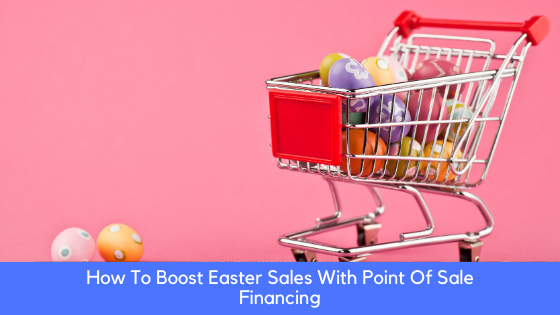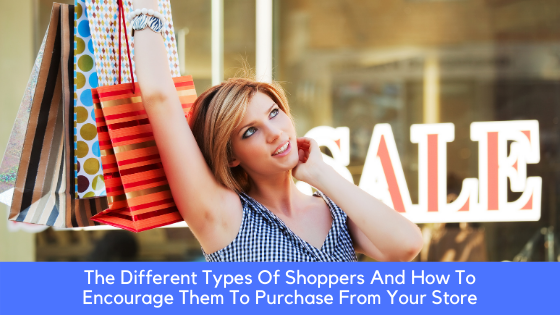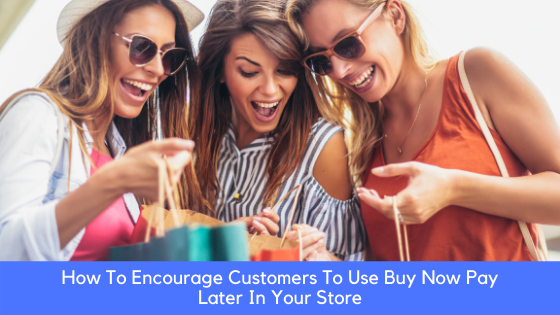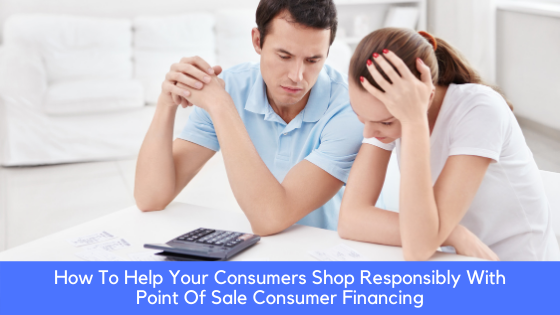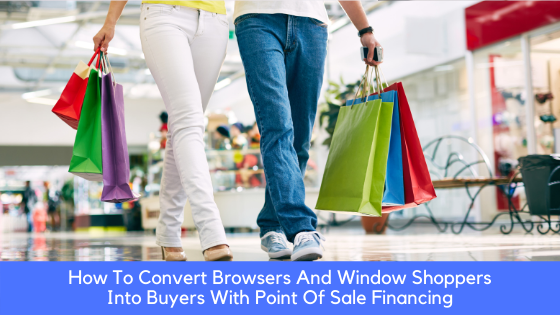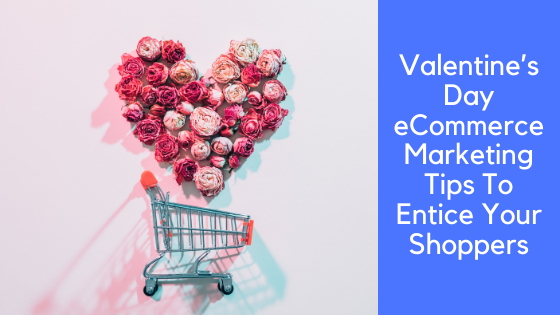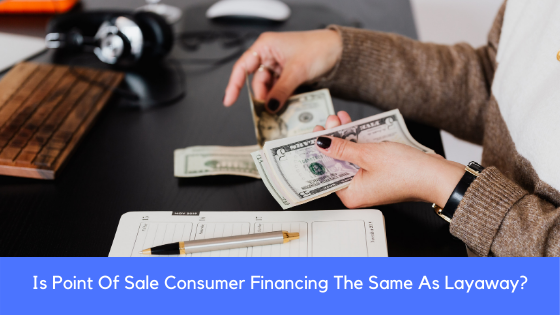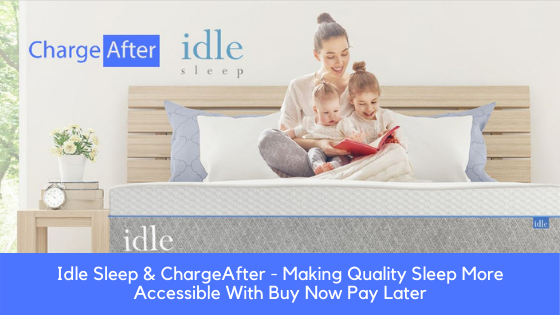In the eCommerce world, some terminology and certain buzzwords might sound the same, however, they have very different meanings and mechanisms in the online space. When it comes to financing, there are two phrases that have garnered the attention of merchants – Online Layaway and Point Of Sale financing, Buy Now Pay Later (BNPL), or POS financing as many refer to it.
While there are slight similarities between the two online financing options, they differ in many ways. Point Of Sale financing has evolved in a way that benefits merchants and the consumers in more ways than the traditional Layaway model has.
Let’s dive deeper into the history of Layaways and why POS Online finance is the new payment method merchants should be embracing.
The Rise Of Layaway
To put it simply, a Layaway is a purchasing agreement between the shopper and the merchant. The shopper is able to reserve an item they want and is given a predetermined period to make full payment by the merchant. Once the full payment is received over the agreed period, the shopper gets the goods. Failure to pay for the goods within the time frame means that the product is no longer reserved and the product gets put back on the shelf for other shoppers to purchase. In this case, the shopper’s money is returned and a storage fee may be deducted from the total payment.
This method of financing first came about during the period of The Great Depression. Many did not have the full amount upfront to purchase the goods they wanted. Merchants, who were aware of the economic situation at the time, allowed shoppers to make small payments when they were able to until the price of the item was paid in full. Only then was the shopper allowed to take the item home. This form of financing was only popular from the 1980s up until the 1990s thanks to the rise of credit cards.
Credit cards had the upper hand as any customer could simply swipe their card and take their goods home on the very same day. Shoppers could pay back the financed amount to the lender with additional interest over the agreed period. Due to the edge credit cards had over Layaways, the demand for these plans declined. In 2008, when the Global Financial Crisis hit, credit became a luxury most could not afford or get access to as many customers defaulted on their existing repayment terms. Banks themselves also took a hit and were unable to recoup defaulted debts or offer any new lines of credit to existing customers. As a result, stores began offering Layaway plans again in order to increase plummeting revenue.
Once eCommerce had firmly planted its foot in the door, traditional Layaway entered the digital space. Why the initial concept of Layaways stayed the same, customers were now able to select the option while shopping online. Customers were also able to schedule payments and collect their goods from distribution centers once the full amount was settled. The only thing that really changed in this space was that customers were able to save on storage fees. Online Layaways are still used for many purchases including electronics, concert tickets, gym equipment, travel, and homes.
It makes sense why retailers and consumers alike take advantage of online Layaway especially when they don’t have the funds upfront for the goods. And for retailers there is very little risk in offering these plans, however, as consumer behavior evolves, Layaway plans are simply not meeting all the needs of the modern-day shopper, the same way a credit card isn’t fulfilling all the unique budget constraints most face today. In an Amazon-dominated space, it is becoming increasingly difficult to attract more customers with this type of online financing. It may appeal to those who are not able to get credit because credit checks are not as stringent as credit cards, but it simply does not feed into the instant gratification that customers demand. They want the goods they want right then and there without having to tie themselves down with the debt and risks associated with credit cards. Consumers are looking for financing options that are flexible and meet their unique needs without accruing hefty charges and debt.
Point Of Sale Financing – The Revolution
Online Layaway plans normally give customers a period of 8 to 12 weeks to pay for their goods, which for some may seem like a great deal, however, these plans usually come with interest and the terms of the finance agreement are not always transparent. Consumers only have a very short window in which to pay the full amount, or they risk losing out on the goods altogether. The delay in acquiring the goods also affects the user experience, which affects the ability of the merchant to retain those customers in the future.
Point of Sale financing is the solution to these common problems. Whether it be financing for electronics or financing for mattresses, the consumer and the merchant both benefit from this payment method.
A consumer is able to finance the goods they want over a few months and take the goods home with them right then and there. Similar to Layaways, Buy Now Pay Later (BNPL) financing does not require stringent credit checks. The application takes only a few minutes and can be done without ever leaving the store or your website. This not only saves the customer time but also enhances the shopping journey. Quick applications, fast approvals, and minimal effort give customers the instant gratification they are looking for. Additionally, POS finance partners like ChargeAfter give consumers access to a network of reputable lenders whose payment terms are transparent and designed to meet their unique financial needs.
Research shows that online merchants have seen a 9% increase in sales and a 33% increase in average order value when offering POS financing without taking on any additional risk. With Online Layaway plans, merchants have to wait until the full amount is paid, however, with POS finance, merchants get paid in full upfront. By offering Buy Now Pay Later solutions you are able to empower customer’s choices, reduce your risk and reap the benefits of increased sales and return customers.
The Bottom Line
When choosing between POS financing and online Layaways, it is worth taking a closer look at what your customers want from the shopping experience. To put it simply, they are looking for secure ways to purchase your goods without putting themselves in unnecessary debt or having to wait weeks until they can take the items home. Point of Sale financing checks each of those boxes. While Layaway programs may have worked for the early 90s, the 2021 shopper expects more – simple, fast, and flexible consumer finance options that are tailored made for their unique financial circumstances.
